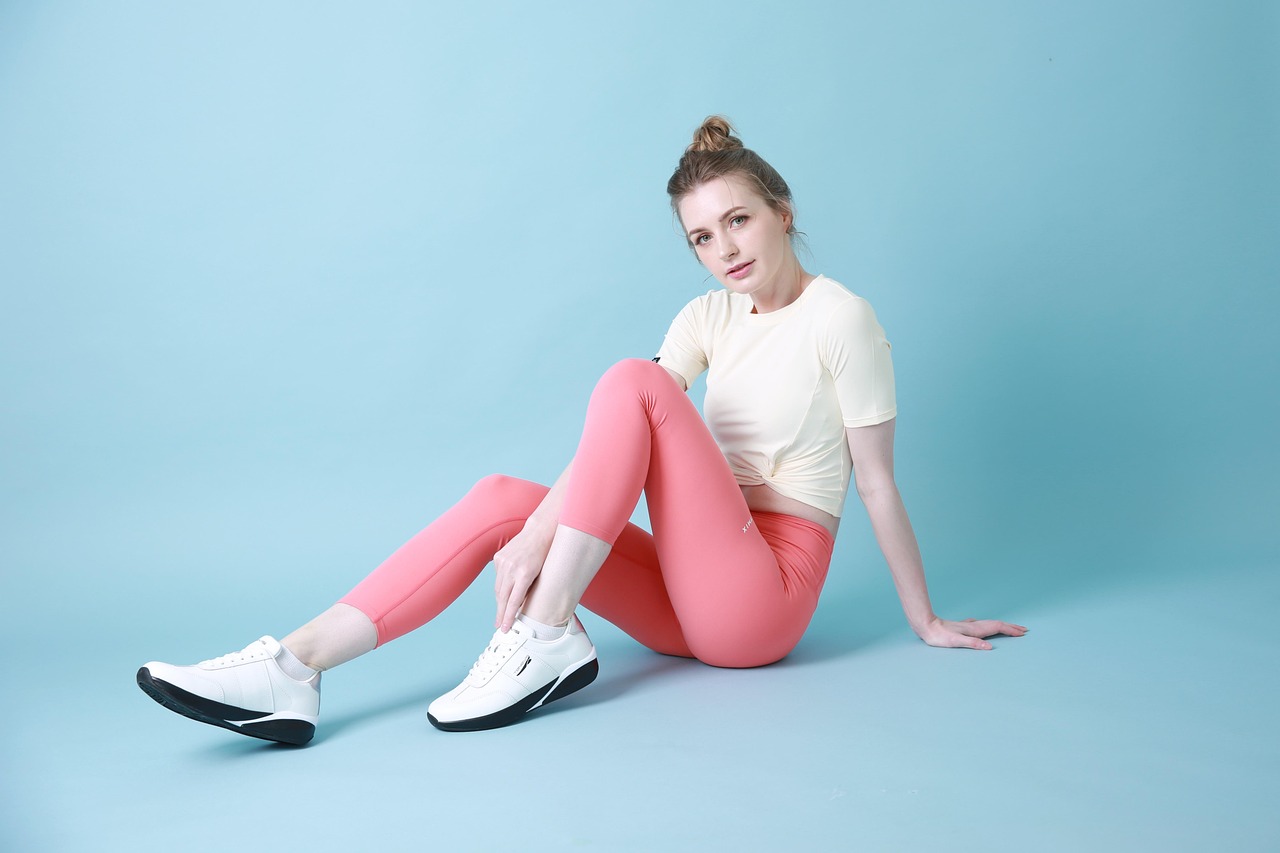
Fashion Meets Sustainability: Innovations You Should Know
Introduction: The New Wave of Sustainable Fashion
Imagine a world where your favorite jeans don’t harm the planet or where your stylish sneakers are made from plants instead of petroleum. Welcome to the future of fashion, where sustainability and innovation walk hand in hand. Sustainability is no longer just a buzzword — it’s reshaping the very fabric of the fashion industry (pun intended).
Why Sustainability Matters in Fashion
Environmental Impacts of Fast Fashion
Let’s be honest: fashion has had a dirty little secret for years. The fast fashion industry churns out cheap clothing at breakneck speed, contributing to pollution, water waste, and massive carbon emissions. It’s estimated that the fashion industry is responsible for about 10% of global carbon emissions — more than international flights and maritime shipping combined!
The Shift Towards Eco-Conscious Consumers
Luckily, today’s consumers are woke. They demand more transparency, ethical sourcing, and sustainable practices. Brands are being forced to rethink their processes or risk losing a growing segment of environmentally aware customers.
Top Innovations Driving Sustainable Fashion
1. Biofabricated Materials
Gone are the days when leather had to come from cows. Thanks to biofabrication, materials are now grown in labs with zero animal cruelty and a fraction of the environmental footprint.
– Mushroom Leather
Meet Mylo, a leather alternative made from mycelium — the root structure of mushrooms. It’s soft, durable, and way cooler (literally and ethically) than traditional leather.
– Lab-Grown Cotton
Scientists are working on cotton that’s grown in labs, bypassing water-guzzling fields. This could mean a serious reduction in pesticide use and water waste.
2. Regenerative Agriculture Practices
Think of regenerative agriculture as farming with Mother Nature’s playbook. Instead of depleting the soil, this method restores it. Brands like Patagonia are investing in cotton farms that put more carbon back into the earth than they take out — a total game-changer.

3. Recycling and Upcycling Technology
Why toss when you can transform?
– Fiber-to-Fiber Recycling
Companies are developing tech that can break down old clothes into raw fibers and spin them into new garments. It’s recycling on a whole new level, and it might just save us from the landfill crisis.
– Circular Fashion Systems
Circular fashion is all about creating clothing designed to be reused, remade, and recycled indefinitely. It’s the fashion version of “no waste left behind.”
4. Digital Fashion and Virtual Clothing
Ready to have your mind blown? You can now “wear” a digital outfit online without ever physically owning it. Digital fashion reduces the need for fast production and offers a carbon-free alternative to real-world wardrobes. Brands like The Fabricant are leading this futuristic trend.
5. Eco-Friendly Dyeing Techniques
Traditional dyeing methods are notoriously wasteful. Innovations like waterless dyeing and plant-based pigments are turning the tide. Companies like Colorifix use microbes to naturally produce color, slashing both water use and chemical pollution.
Brands Leading the Charge Toward Sustainable Fashion
Stella McCartney
Long before it was trendy, Stella McCartney championed cruelty-free and eco-friendly fashion. Her brand remains a gold standard for sustainable luxury.
Patagonia
Patagonia doesn’t just talk the talk. They’re pioneers of repair-and-reuse programs, and they put serious money into environmental activism.
Allbirds
Allbirds creates sneakers from merino wool and sugarcane — proving that style and sustainability can walk the same path.
Challenges to Achieving True Sustainability
Greenwashing Concerns
Not every brand claiming “eco-friendly” credentials actually deserves a medal. Greenwashing — misleading marketing about sustainability — is rampant. As a consumer, it’s crucial to dig deeper than the label.
Cost Barriers and Accessibility
Sustainable fashion often comes with a higher price tag. Not everyone can afford a $300 “eco” sweater. Brands must find ways to scale sustainability without pricing out most of the population.
The Future of Sustainable Fashion
Emerging Trends to Watch
From AI-driven supply chains that eliminate waste to blockchain tech that verifies ethical sourcing, the future of fashion is looking smarter and greener. We’re entering an era where transparency is non-negotiable and circularity is king.
Conclusion
Fashion and sustainability are no longer at odds — they’re becoming inseparable allies. Thanks to groundbreaking innovations and a new generation of conscious consumers, we’re stepping into a future where looking good doesn’t come at the cost of doing good. The road isn’t perfect, and there are still many hurdles to overcome, but one thing’s for sure: sustainable fashion is here to stay. Are you ready to make the switch?
FAQs
1. What is the biggest innovation in sustainable fashion right now?
Biofabricated materials like mushroom leather and lab-grown cotton are among the most exciting innovations, revolutionizing how we think about fabrics.
2. How can I tell if a brand is genuinely sustainable?
Look beyond marketing claims. Check for certifications like GOTS, Fair Trade, or Bluesign, and research the brand’s supply chain transparency.
3. Is digital fashion really sustainable?
Absolutely. Digital fashion eliminates the need for physical production, drastically cutting down on material waste and carbon emissions.
4. Why is regenerative agriculture important in fashion?
It not only prevents environmental damage but also actively restores ecosystems, making it a powerful tool for reversing climate change impacts.
5. Is sustainable fashion affordable?
While some sustainable brands are pricier, many are working on creating affordable options. Plus, buying fewer, higher-quality pieces often saves money in the long run.



